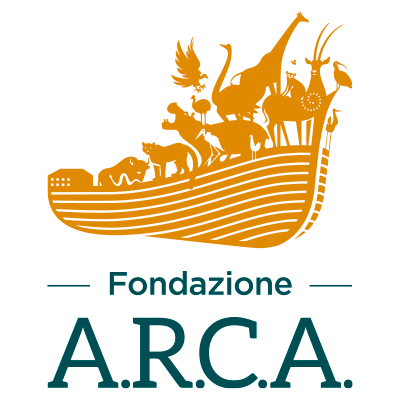Parco Natura Viva celebrates every year the World Migratory Bird Day on the 11th of May, and the Northern bald ibis is this event’s ambassador. In this occasion the park organises educational activities and not only, to tell visitors about the Northern bald ibis conservation project that sees Parco Natura Viva as the only Italian partner, and to raise awareness of the threats faced not only by this species by also by other migratory birds.
2019
Parco Natura Viva contributed to the realisation of a new sail for the ultralight aircraft used for this year’s man-led migration of a group of Northern bald ibis from the Austrian Alps to Orbetello’s lagoon. This is the 6th man-led migration of Northern bald ibis and it ended on the 28th of August with 29 individuals arriving to Orbetello together with their foster parents. The flight lasted 12 dates and more than 1800 km were travelled, divided into 5 stages. As of today, 150 individuals of Northern bald ibis are equipped with a GPS tracker and are monitored at their wintering site; part of them next spring will be able to make the migration route in the opposite direction independently.
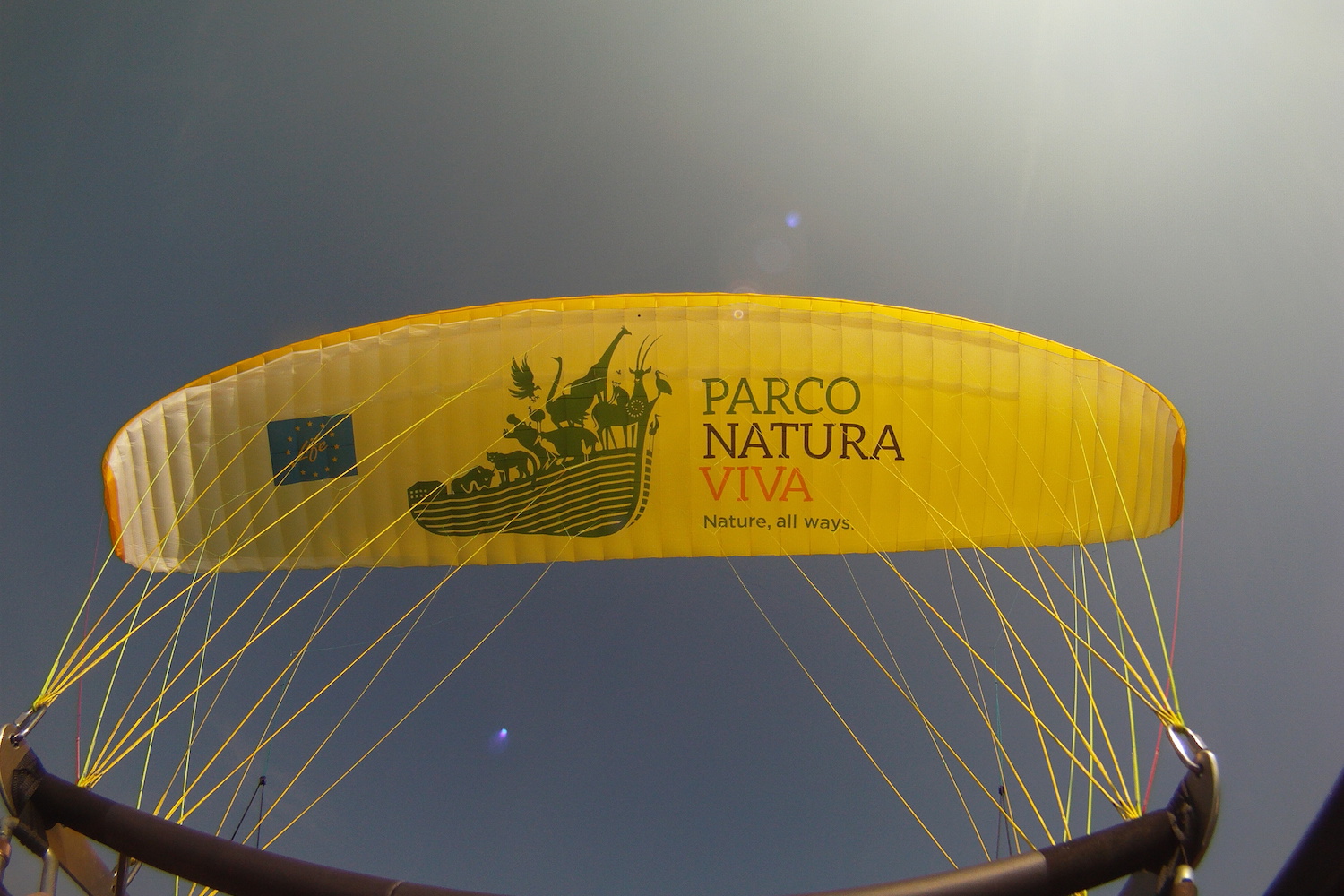 |
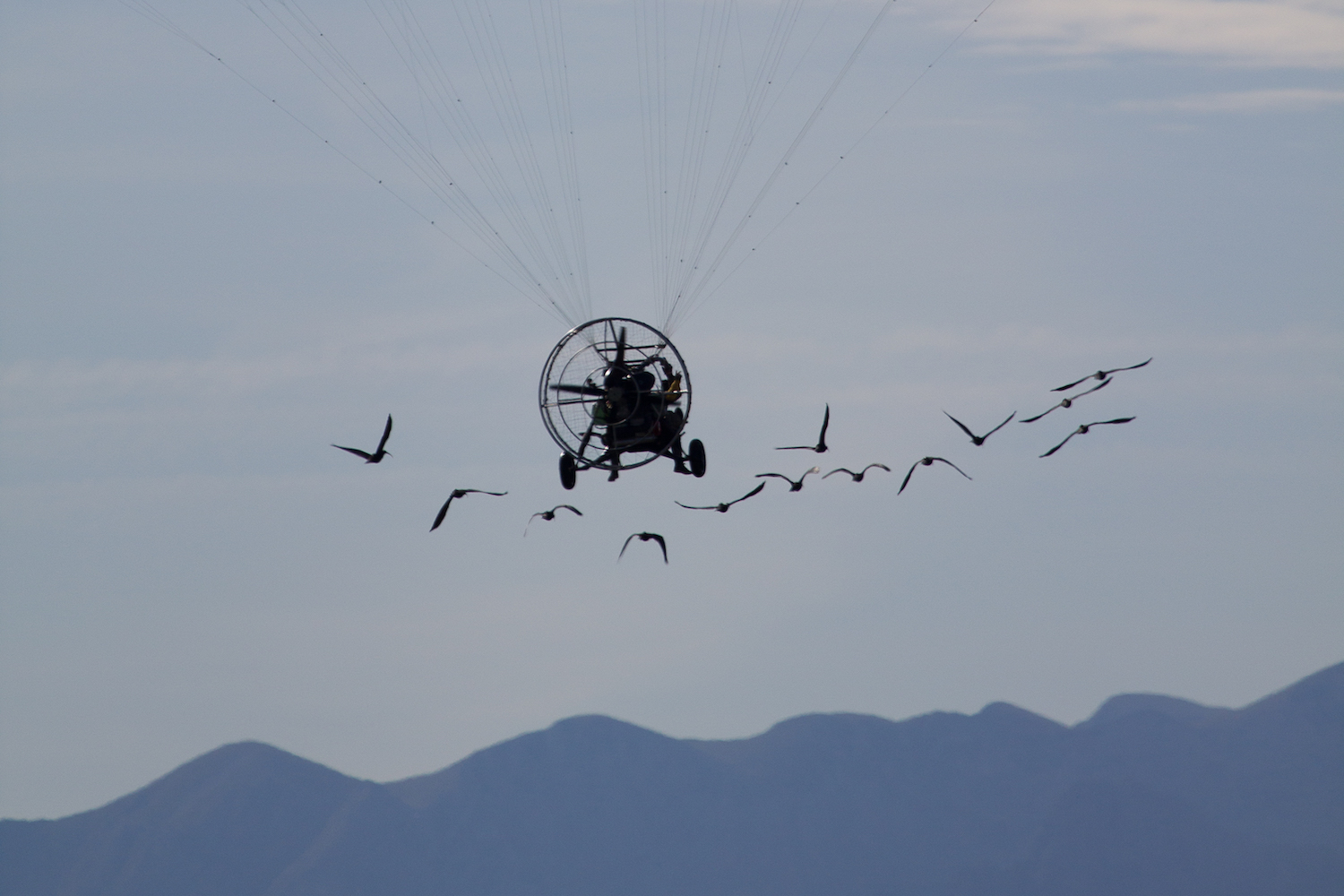 |
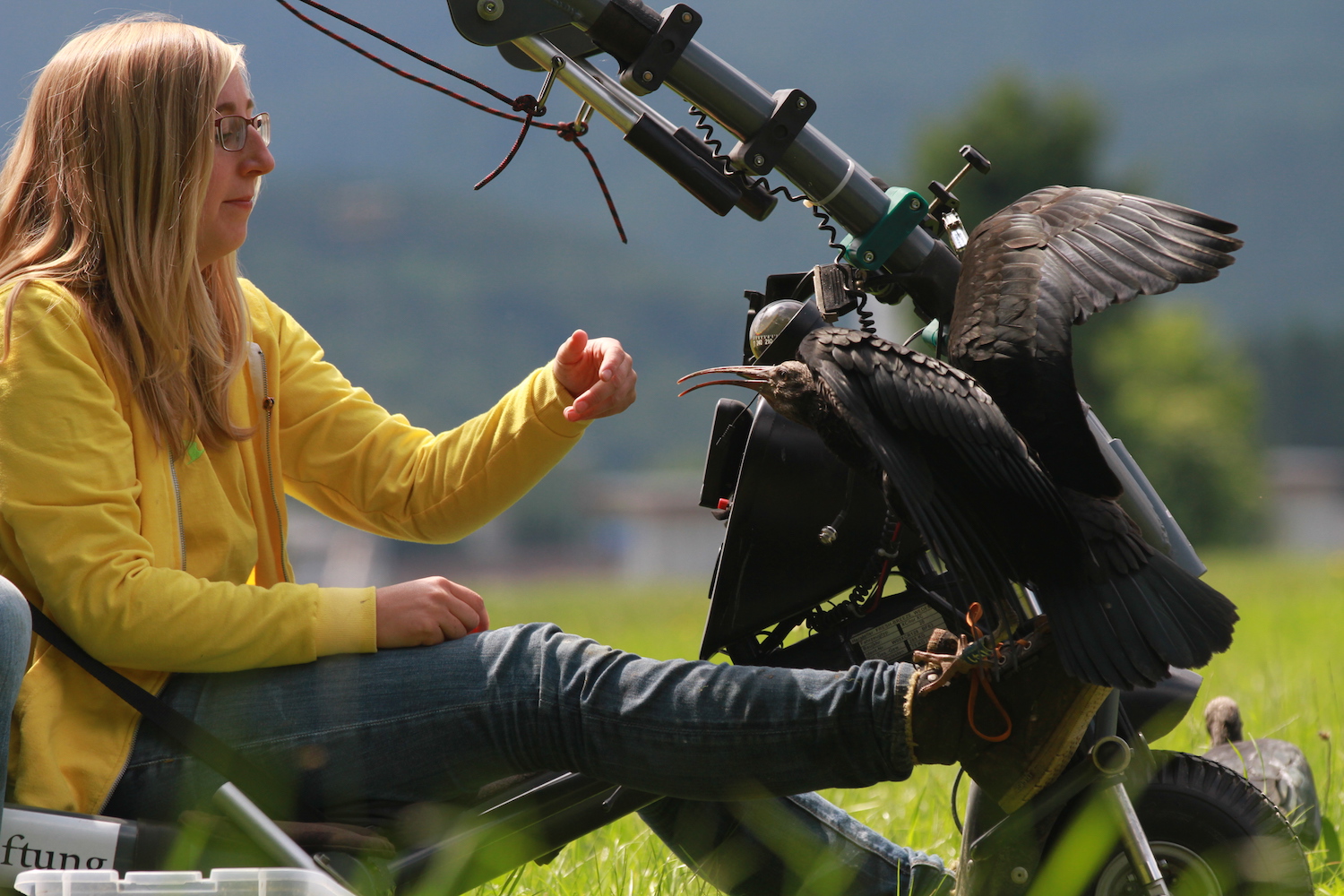 |
2018
This year a total of 62 Northern bald ibises went back to the breeding sites on their own; 21 during the spring migration, whereas 41 during the autumn one. The fifth man-led migration, the fastest of all, was completed on the early afternoon of the 28th of August, when 29 Northern bald ibises and their foster parents reached the Orbetello’s lagoon at the end of the fifth and last stop, after flying for 5 hours and 19 minutes. The journey lasted 13 days in total and it started on the shore of the Lake Costanza, led the flock across the Alps and south along the Po Valley, and lastly turned to the west, through the Apennines to Maremma.
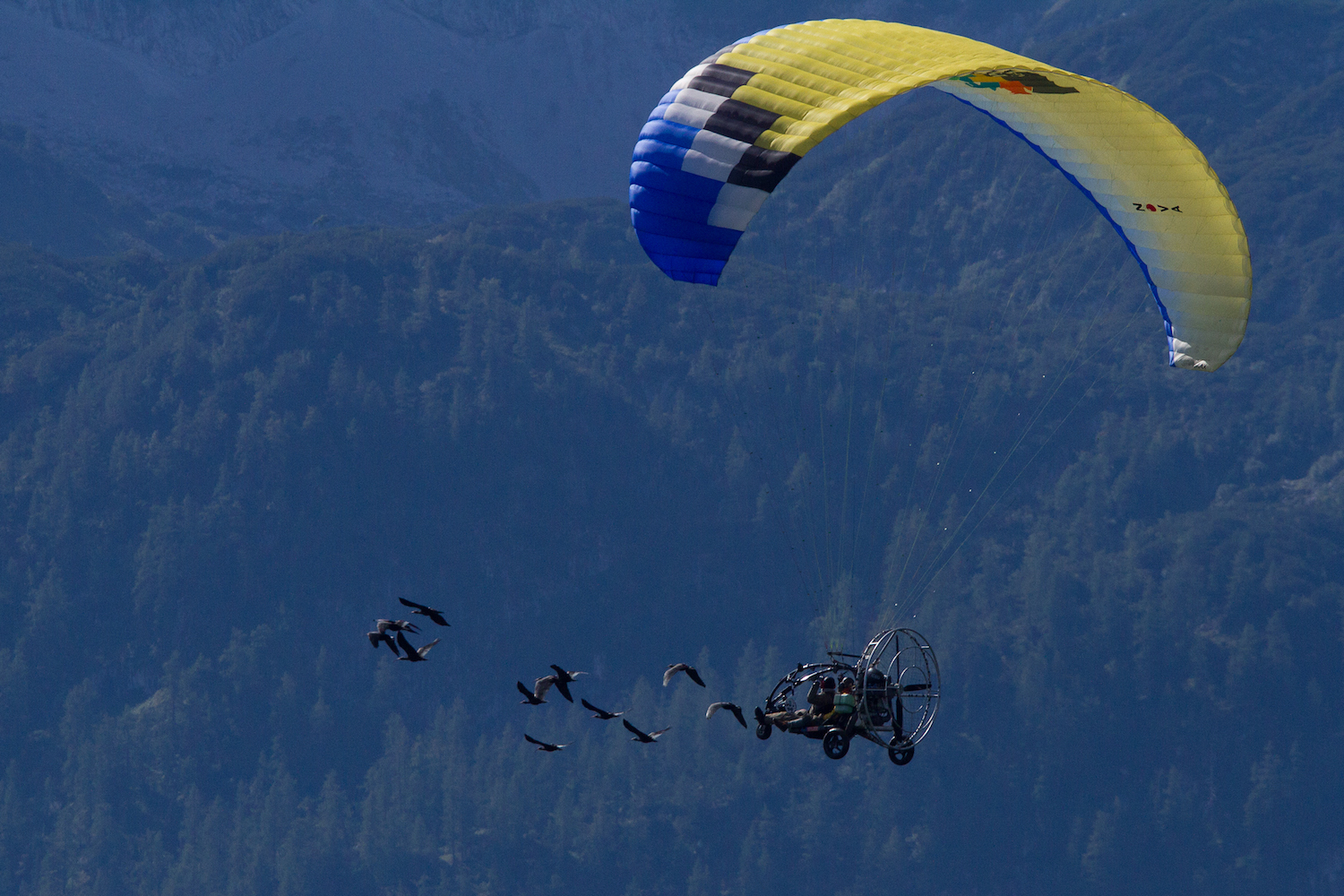 |
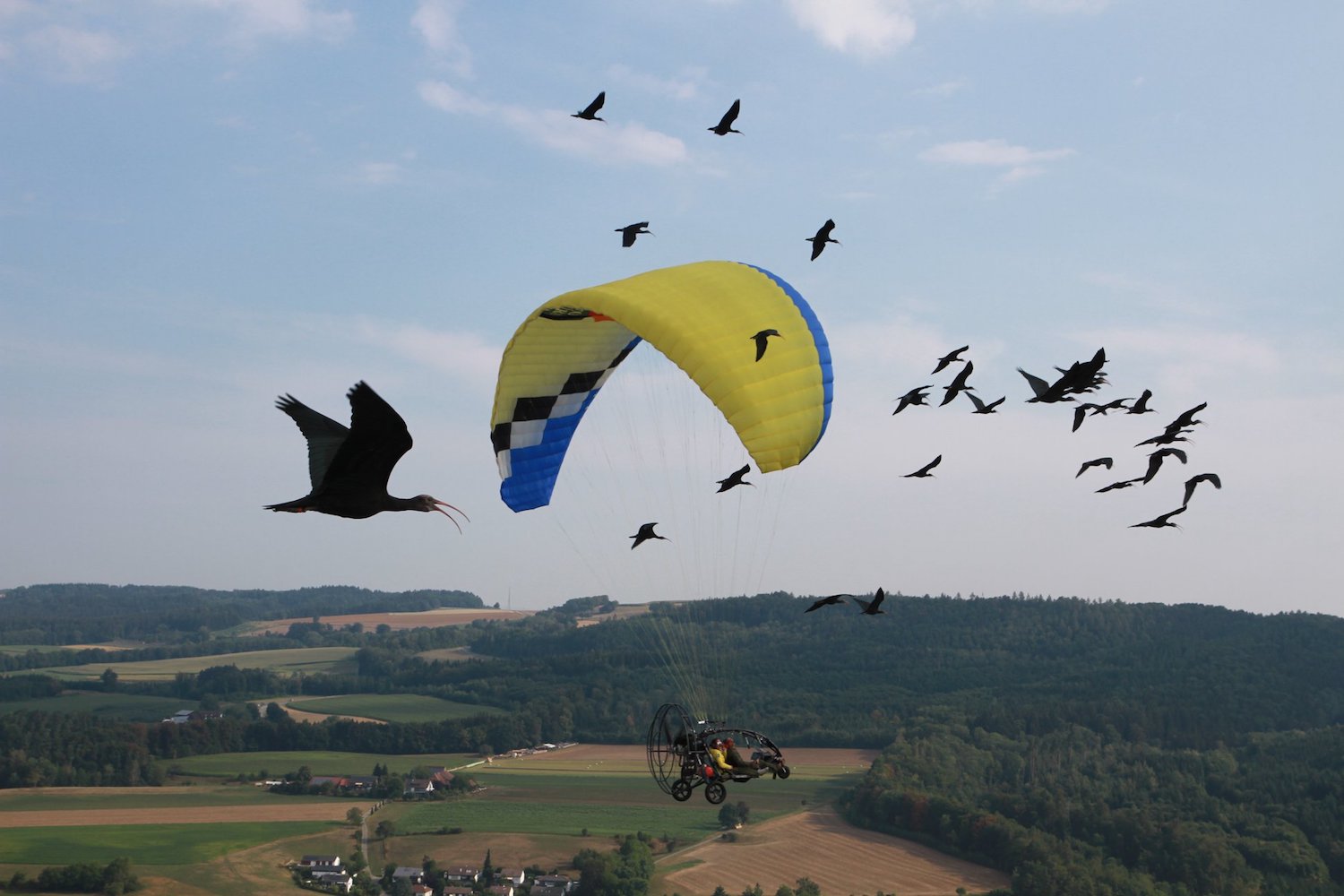 |
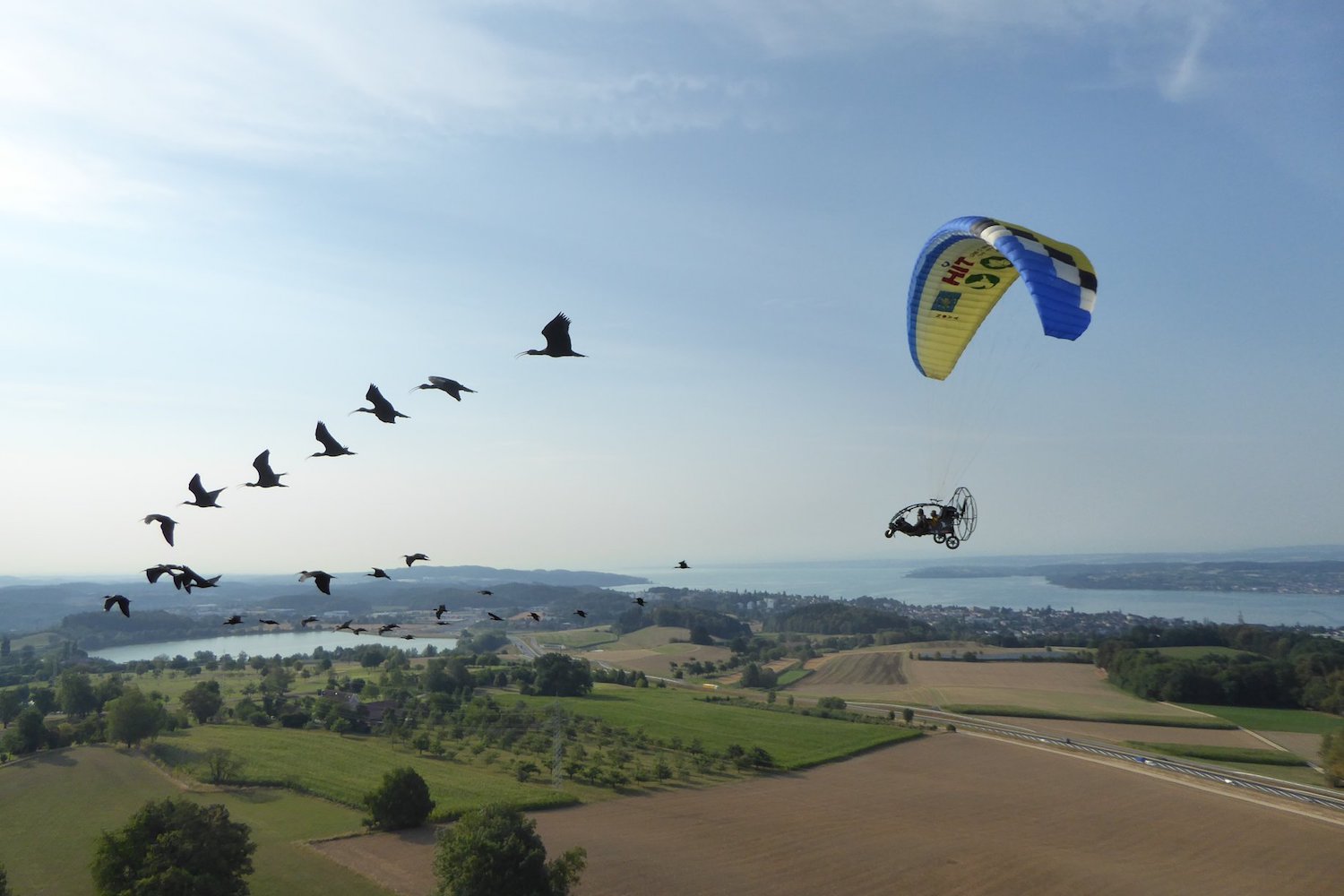 |
2017
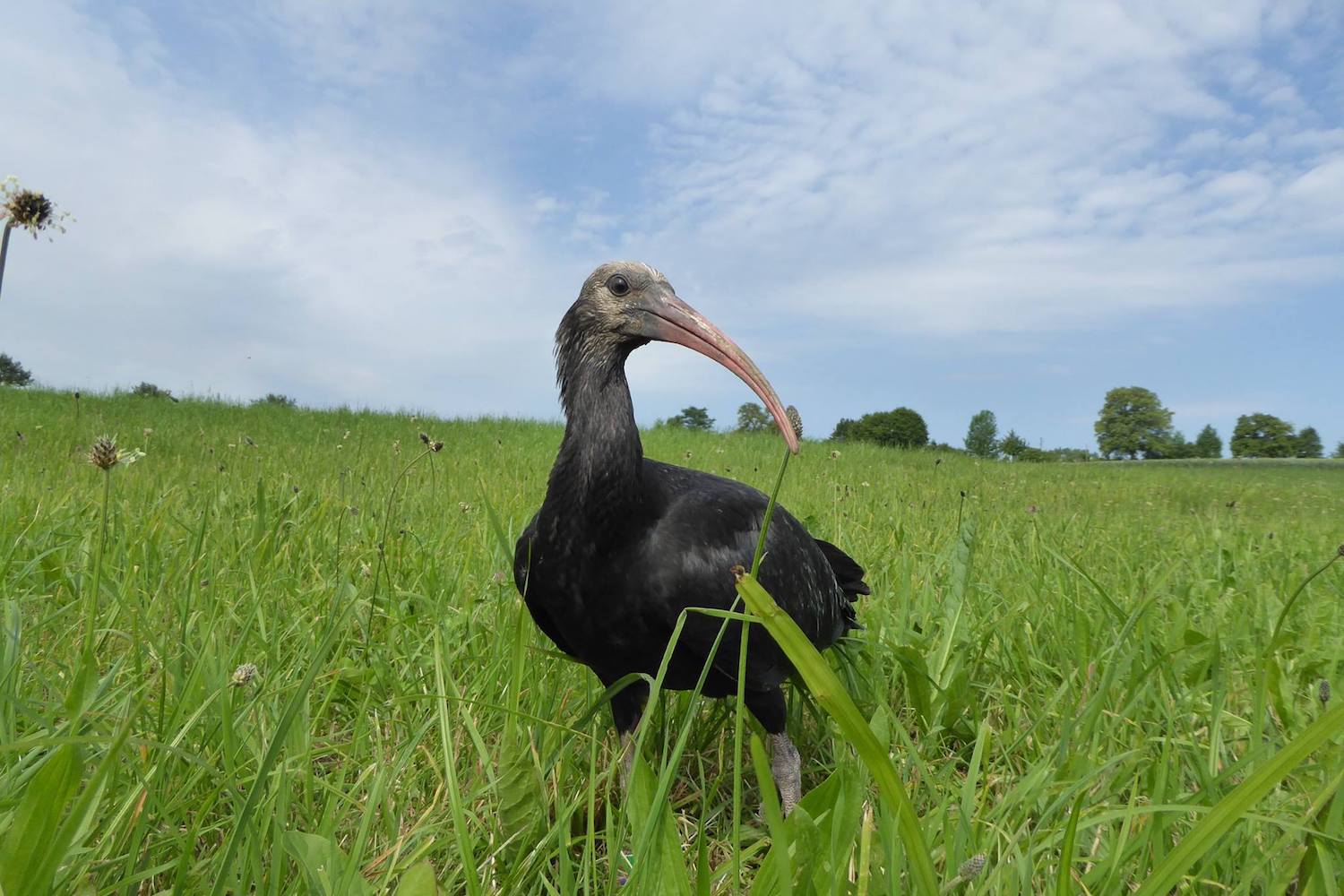 |
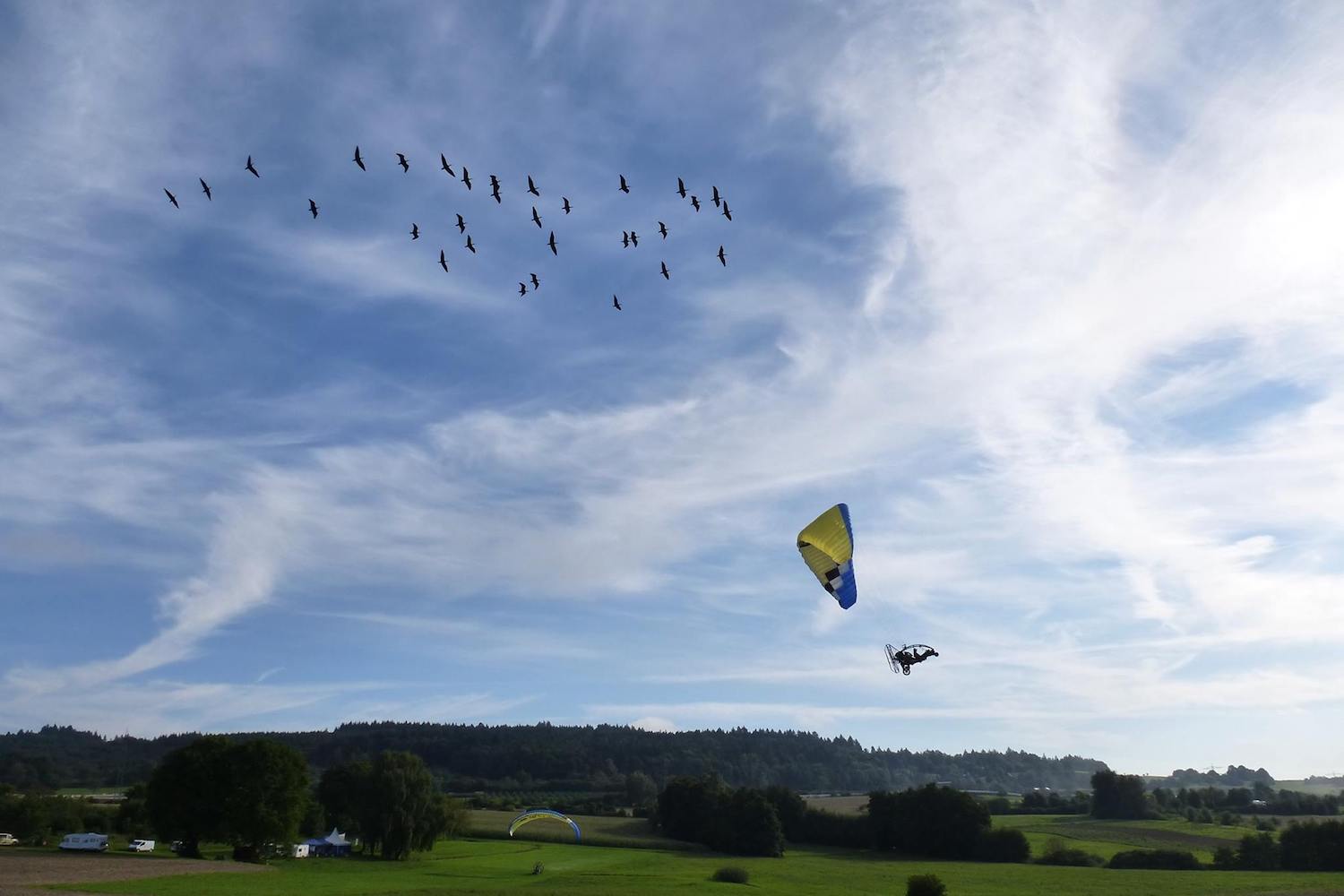 |
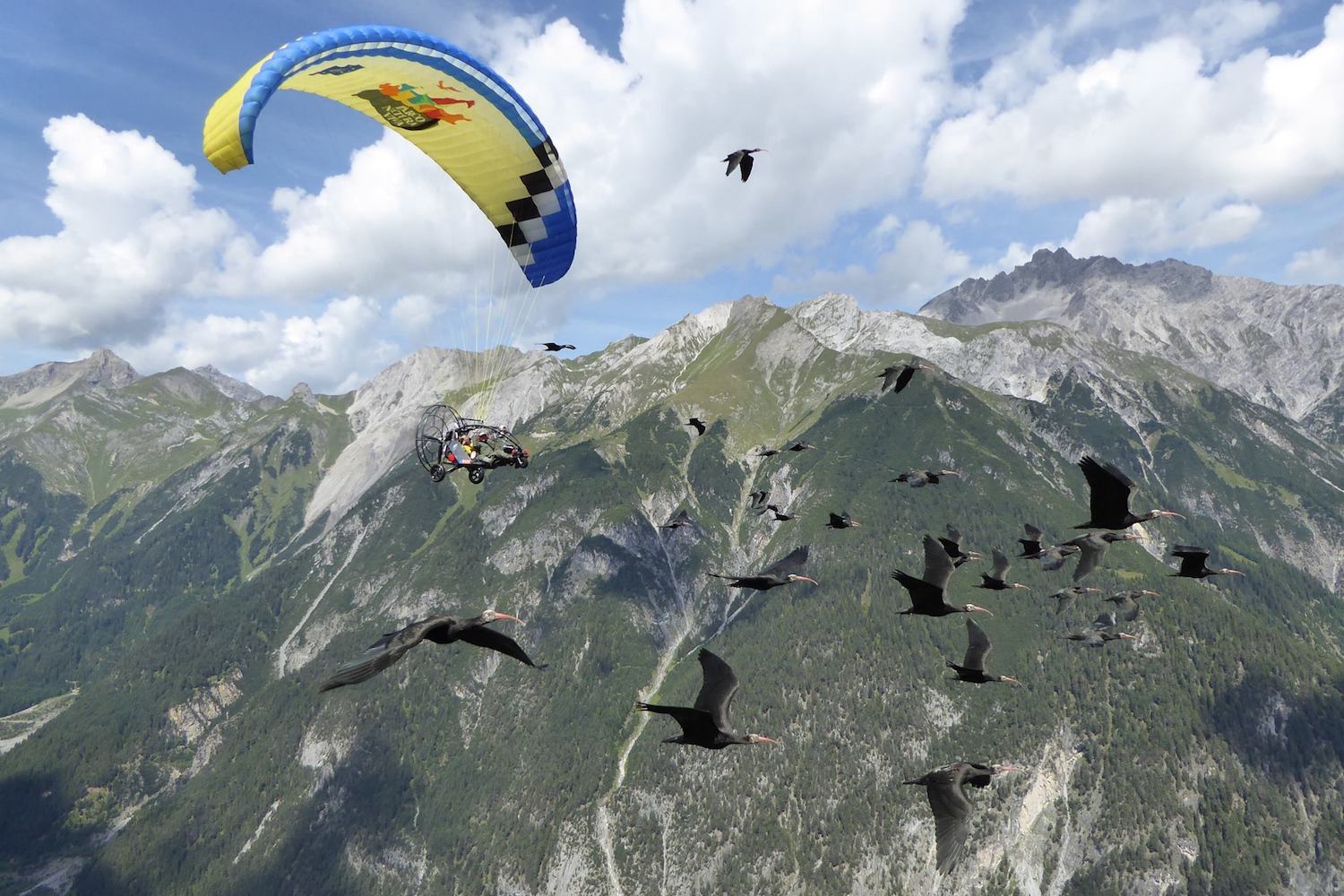 |
2016
Four Nothern bald ibis born in Parco Natura Viva were donated to “Proyecto Eremita” and released in Spain, within the project dedicated to establishing a permanent colony in the La Janda area.
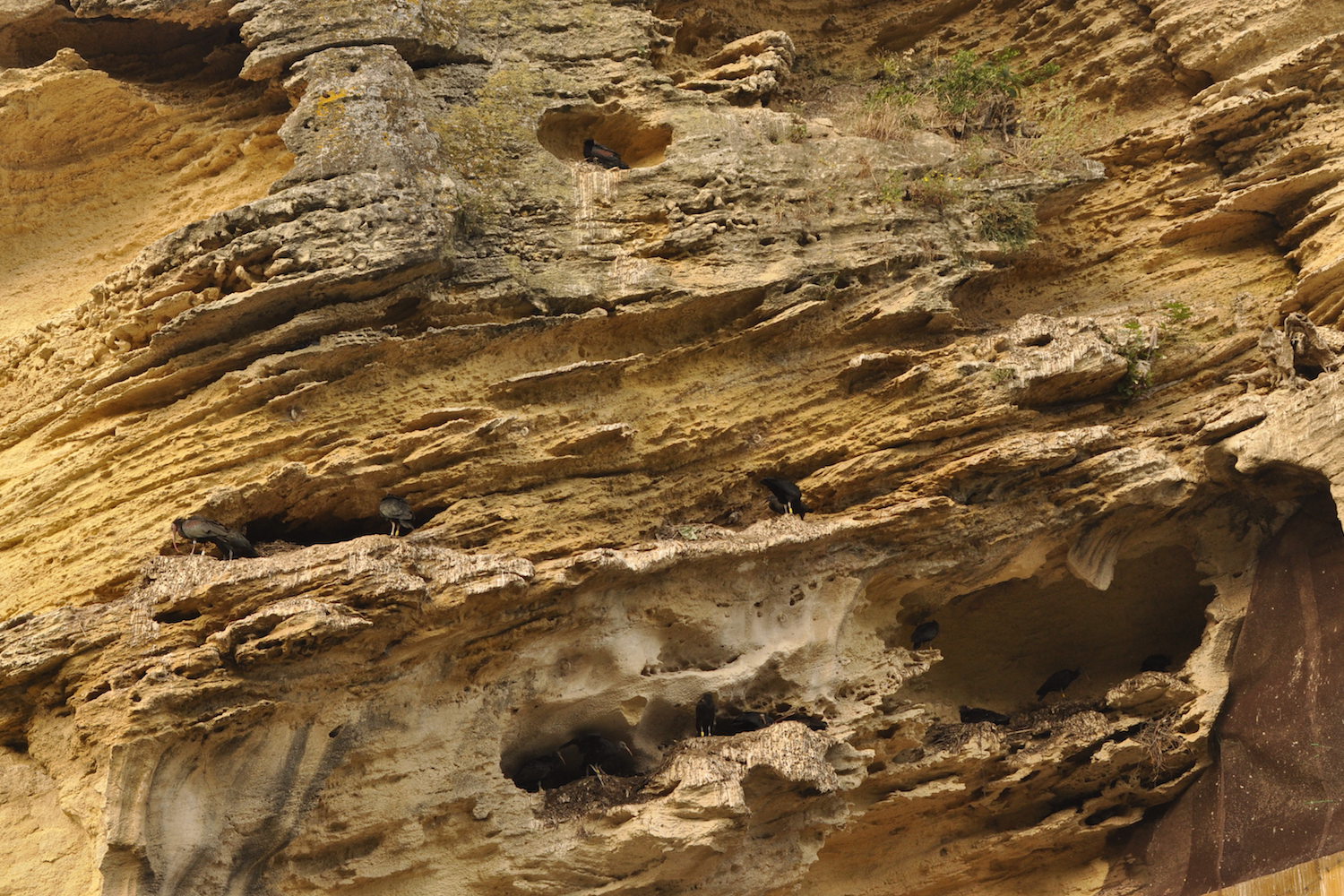 |
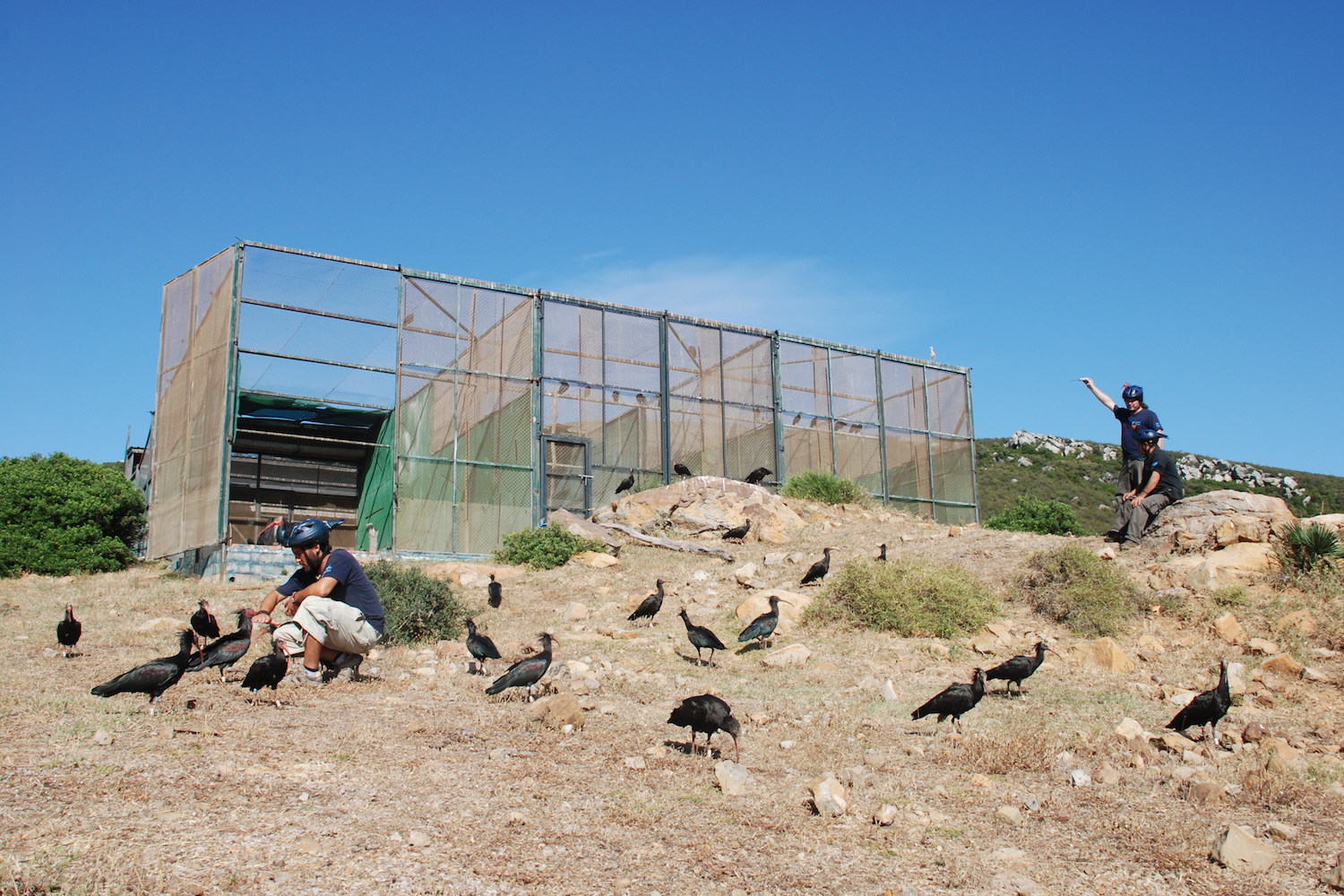 |
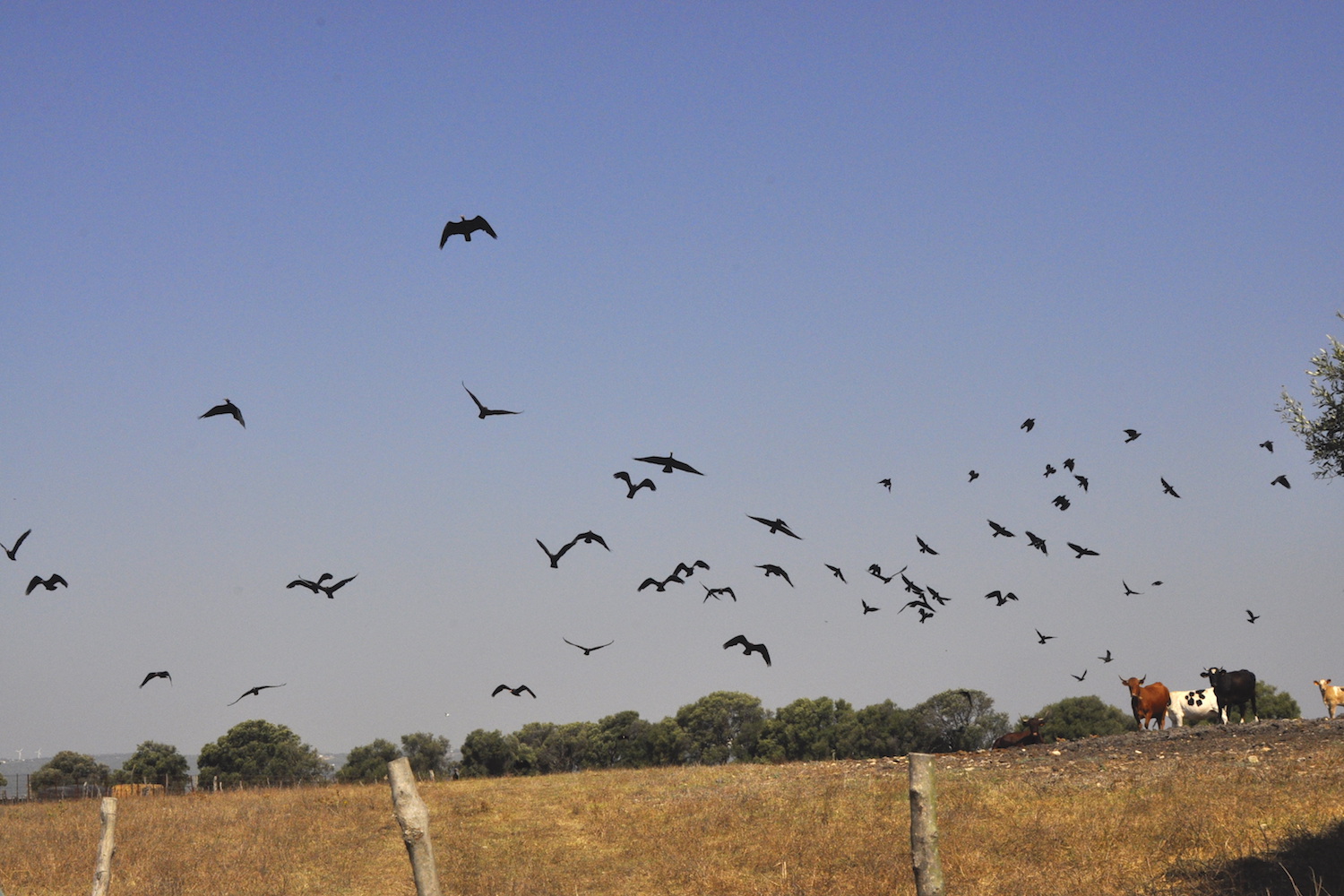 |
On the 19th of August, the 2016 man-led migration began: the first stop was at Bramberg am Wildkogel, where all ibises landed after covering 170 km in 3 hours and 15 minutes flight, with a maximum speed of 78 km/h. A couple of golden eagles attacked the ibises during the flight, but they behaved correctly and after the attack all the birds reunited safely! After 4 days, during the next migratory phase, 3 ibises got lost: Mali, Giulietta and Cenerella. The flock stopped in Campo di Volo “Fant Air Club” in Belluno: the birds lost some weigh during the last flight, and for this reason it was important to give them enough time to recover in order to face the next part of the journey that will bring them to Valle Gaffaro. Cenerella was found, whereas Mali and Giulietta were still lost. On the 14th of September, the 2016 man-led migration ended successfully: after 26 days of flight and over 1,000 kilometres travelled, the Northern bald ibises reached the destination of the WWF Oasis “Laguna di Orbetello”.
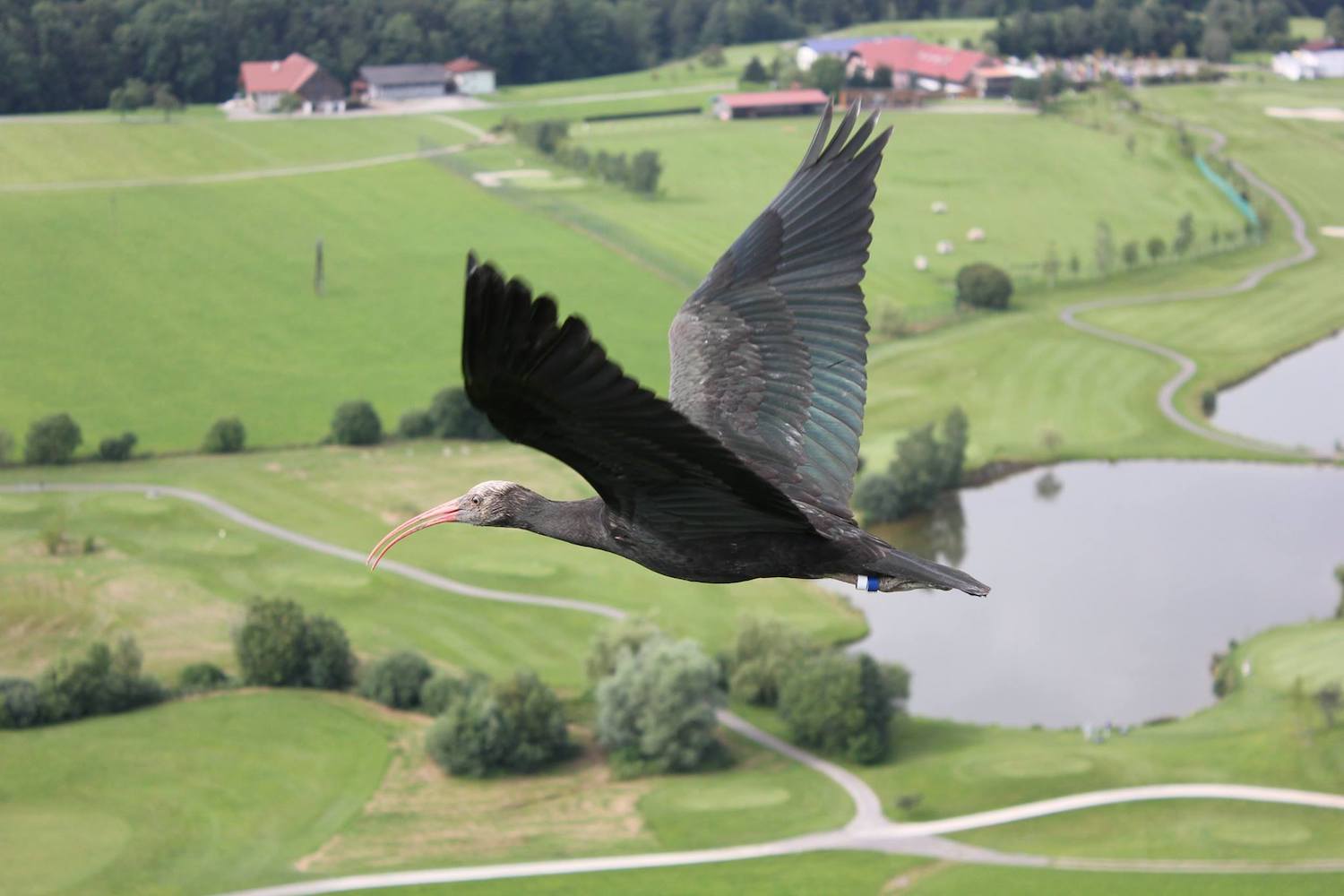 |
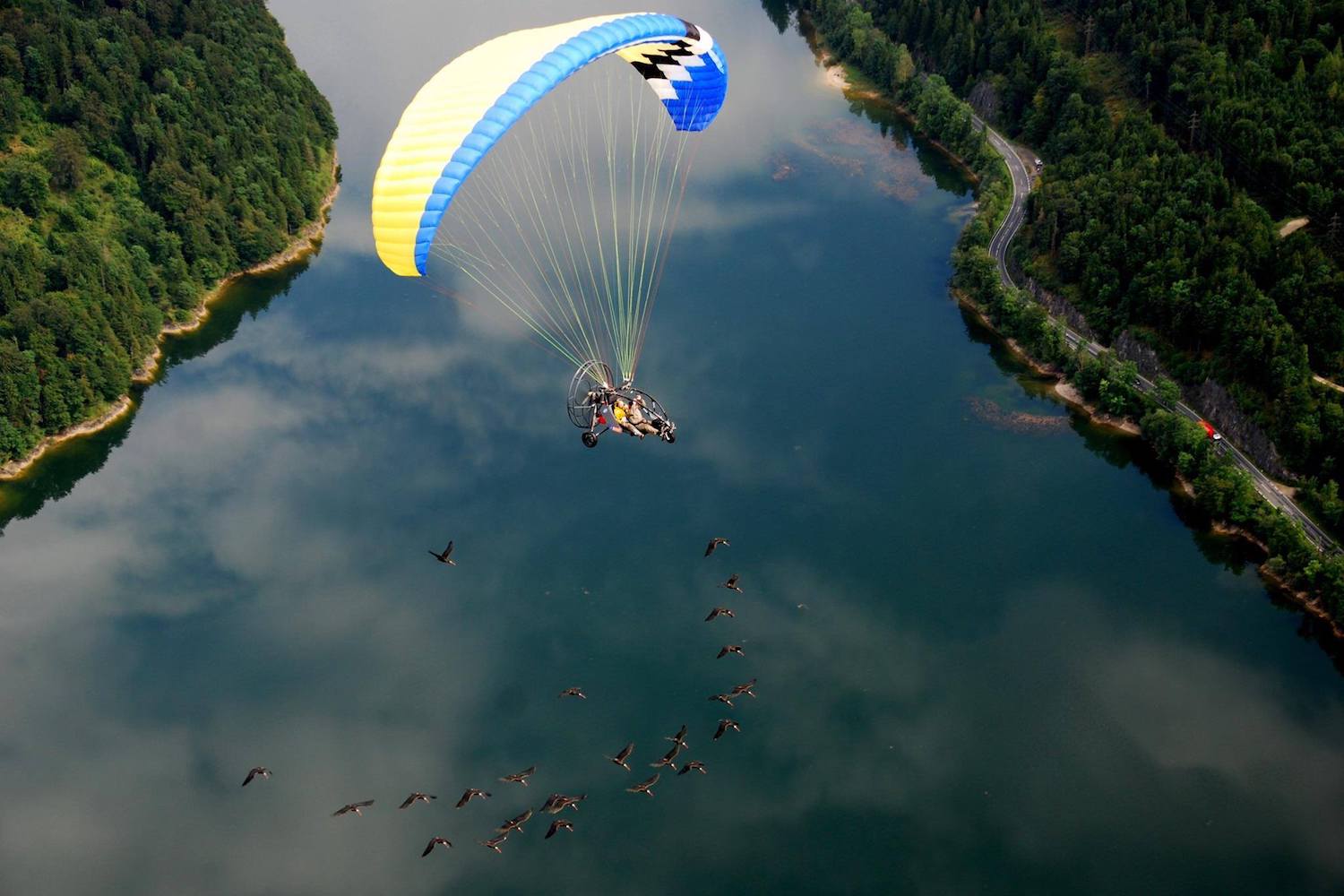 |
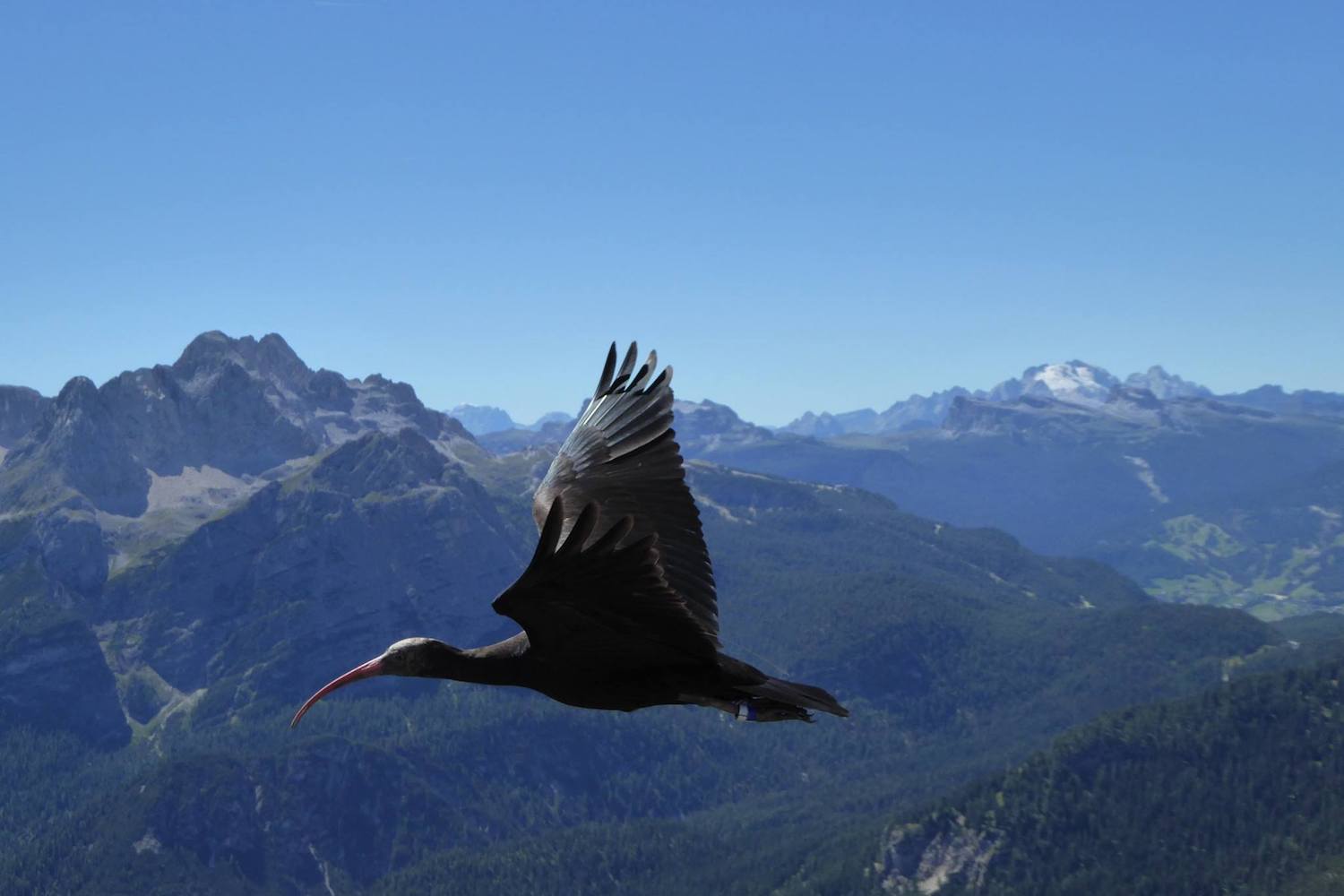 |
2015
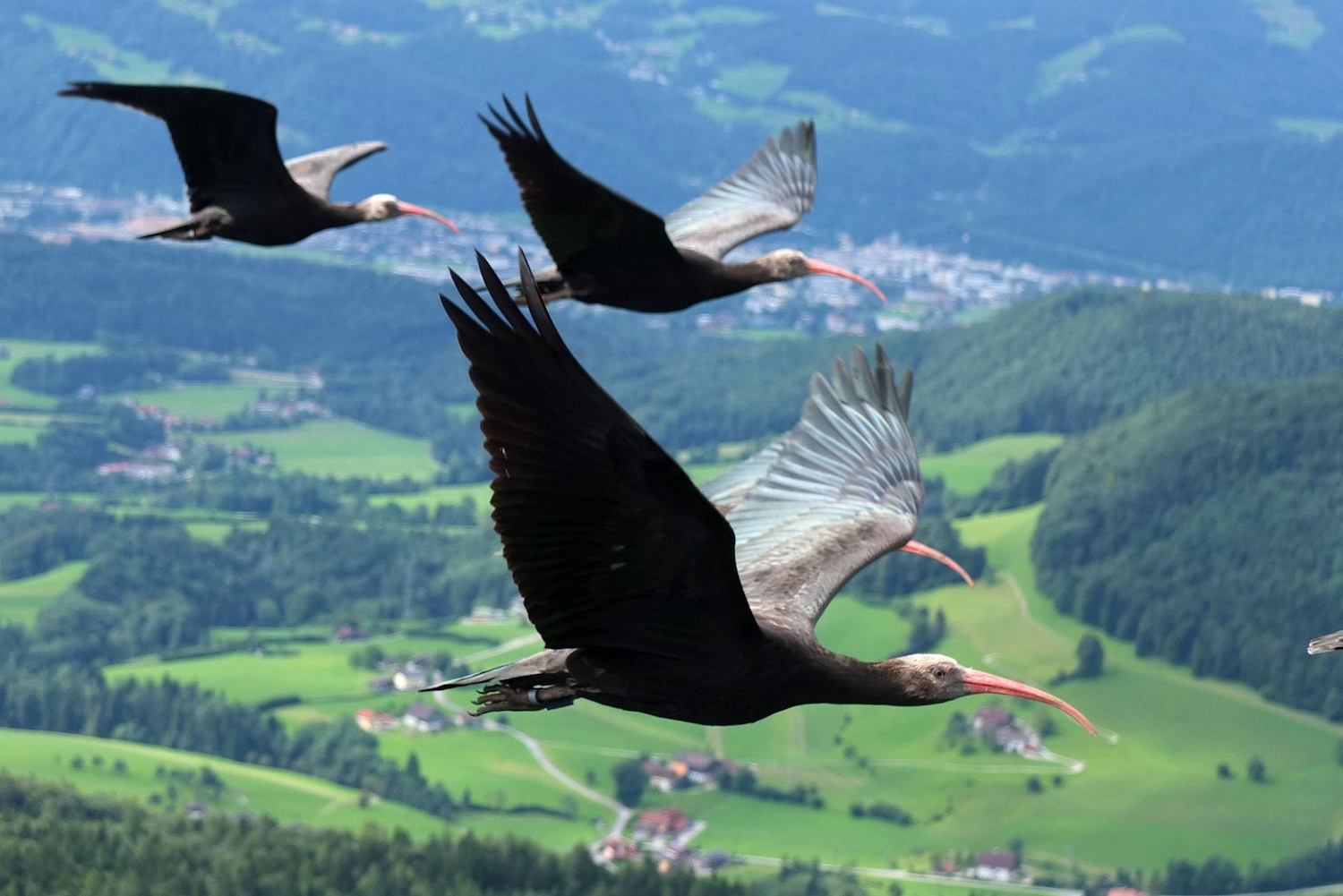 |
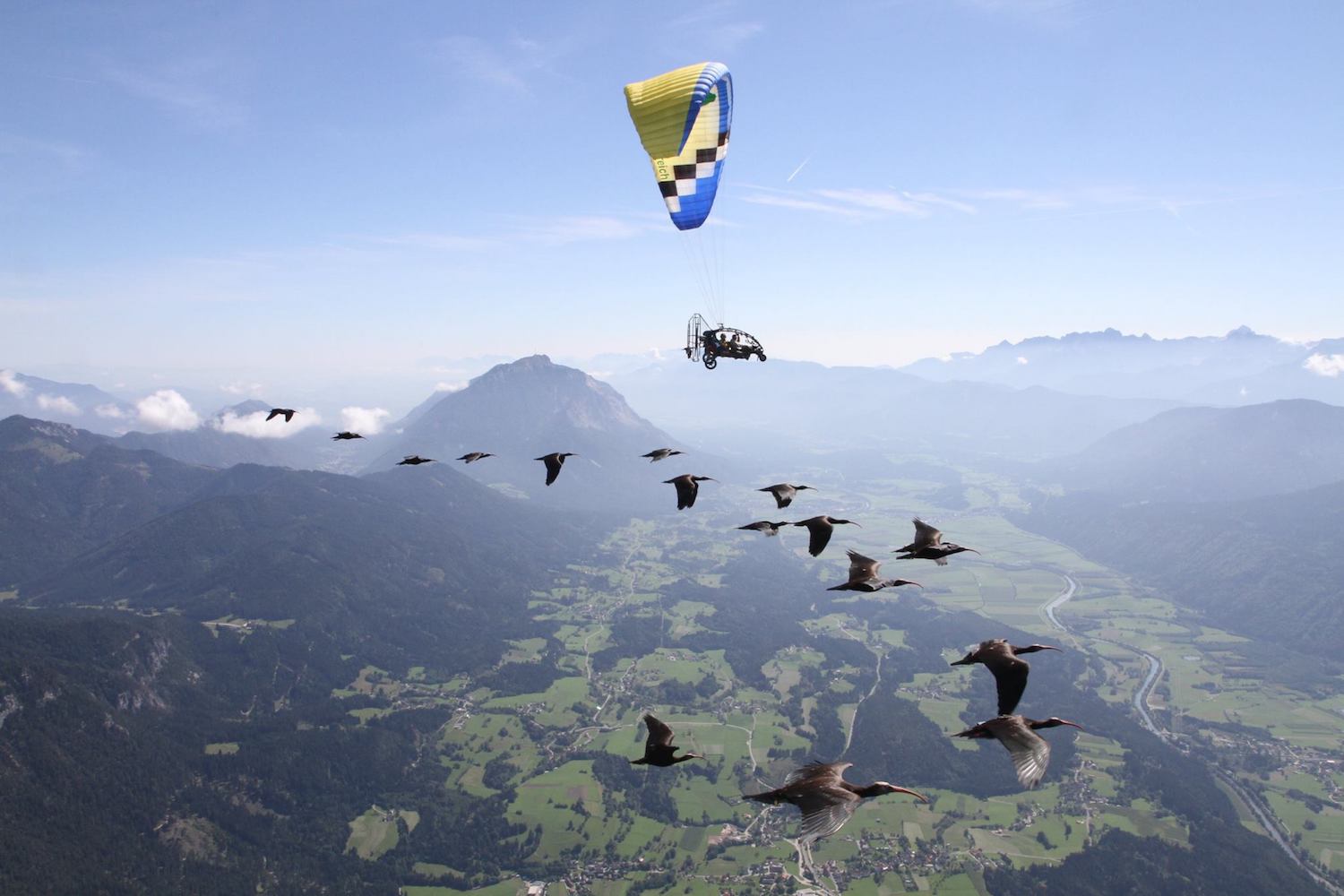 |
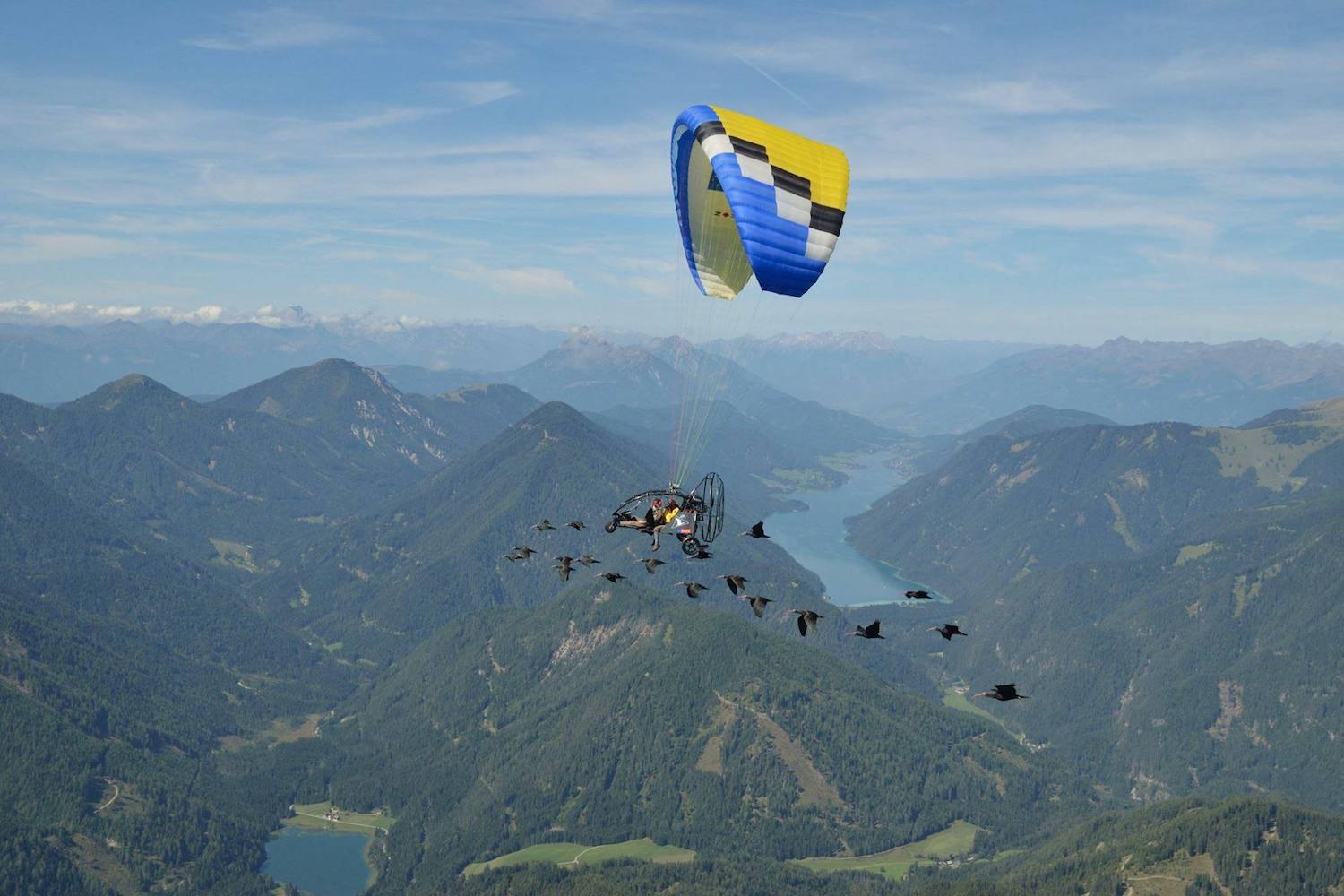 |
2014
For the 5th edition of the National Congress on Research in Park, Parco Natura Viva hosted the “Reason for Hope Festival” in collaboration with the Jane Goodall Institute Italia and with an exceptional guest: Jane Goodall. During this emotional event an important target was reached: an agreement on the protection of the Northern Bald Ibis was signed with the two most important Italian hunting associations. The parties support the sustainable reintroduction of the Northern Bald Ibis in Europe and promote common initiatives against the illegal hunting in Italy, especially during the autumn migration.
During this year, 7 young ibises born in Parco Natura Viva were destined to “Proyecto Eremita”. After leaving the park, they were transferred to Spain and released in the area of La Janda, in order to contribute to the formation of a permanent colony of Northern Bald Ibis near Cadiz.
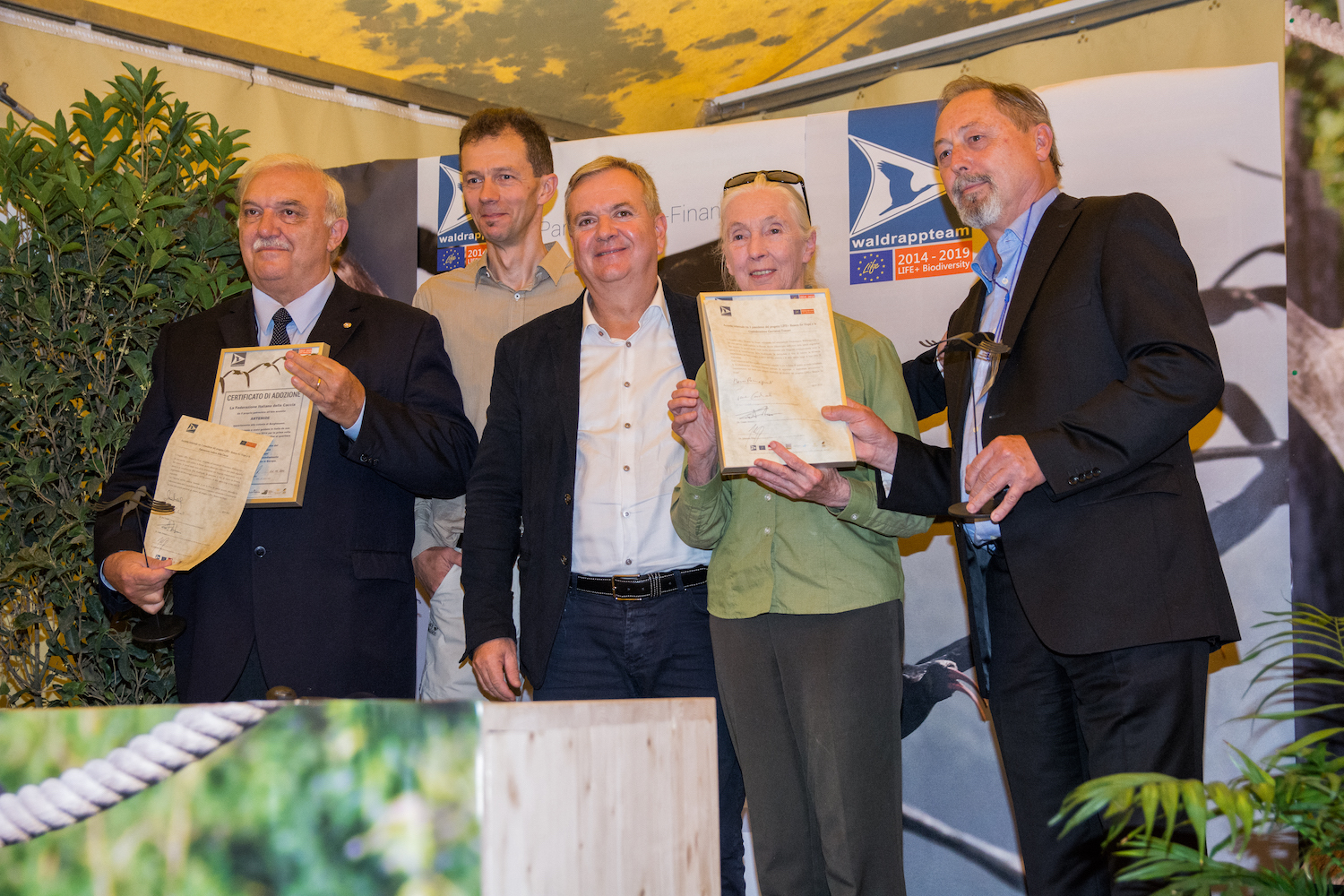 |
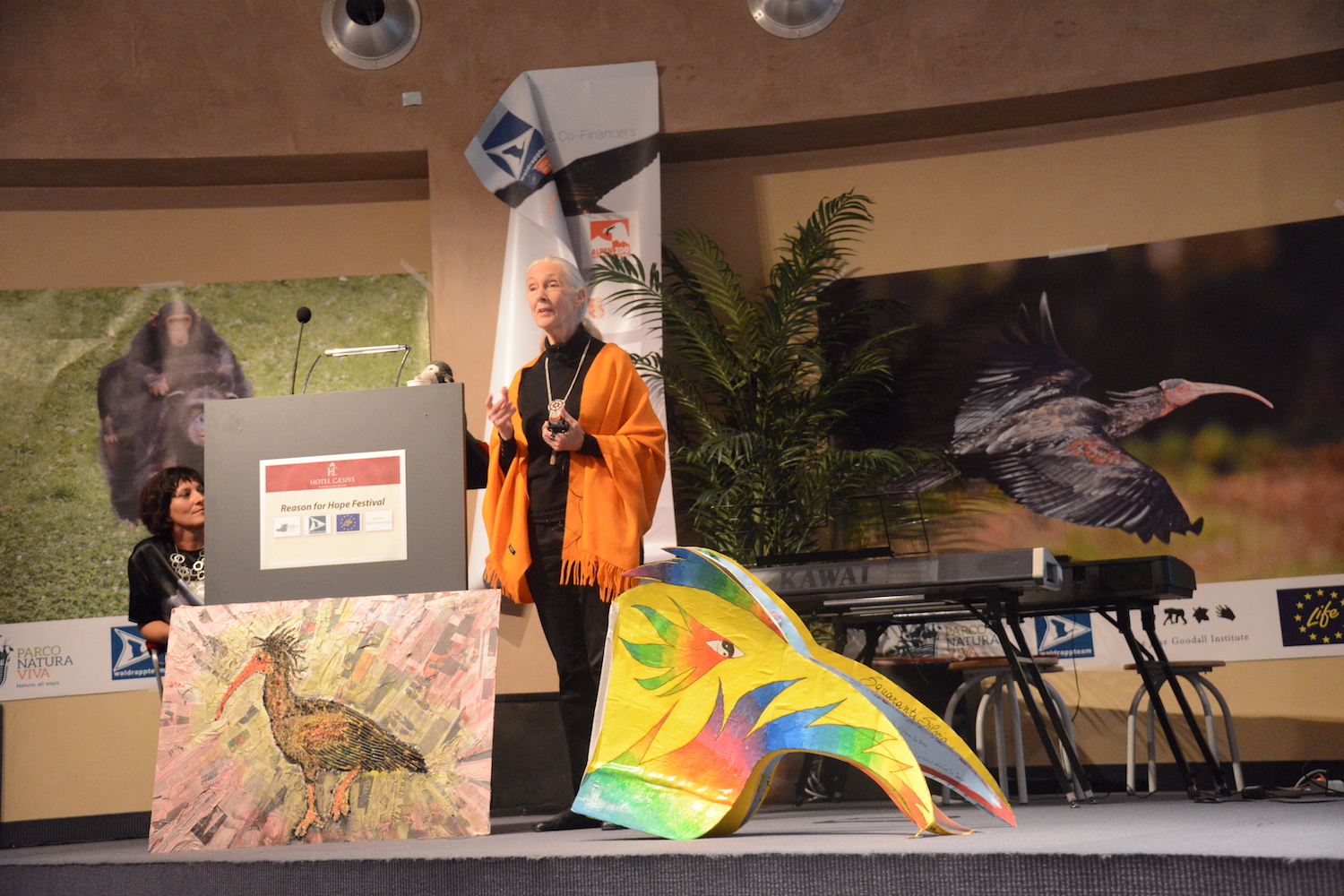 |
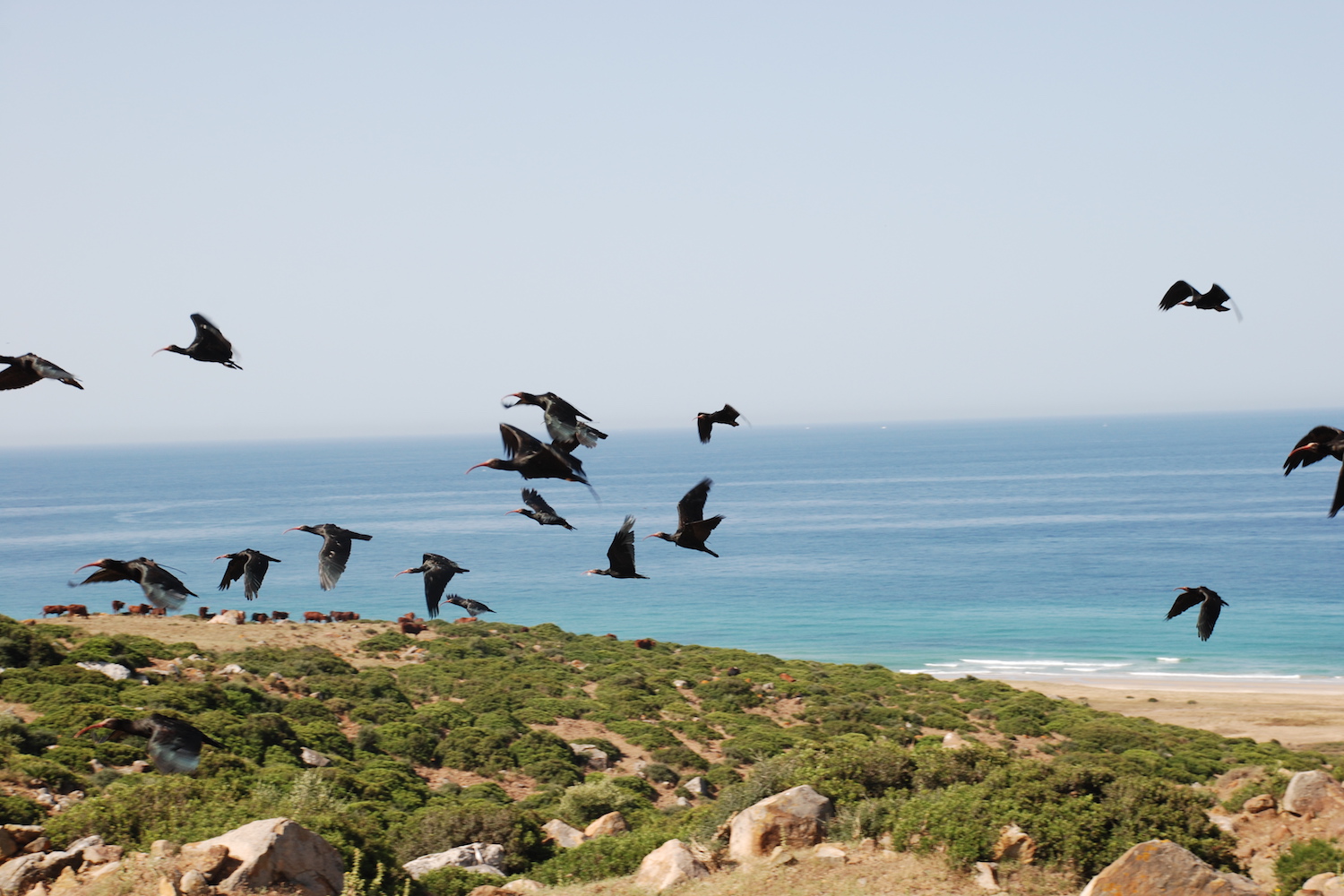 |
The Max- Planck Institut für Ornithologie in Radolfzell (Germany) developed 20 g solar transmitters for the Northern Bald Ibis, that register the position of the birds every hour and send the data once a day to the database Movebank. Both scientists and interested people can follow the movements of the monitored birds thanks to the Animal Tracker app.
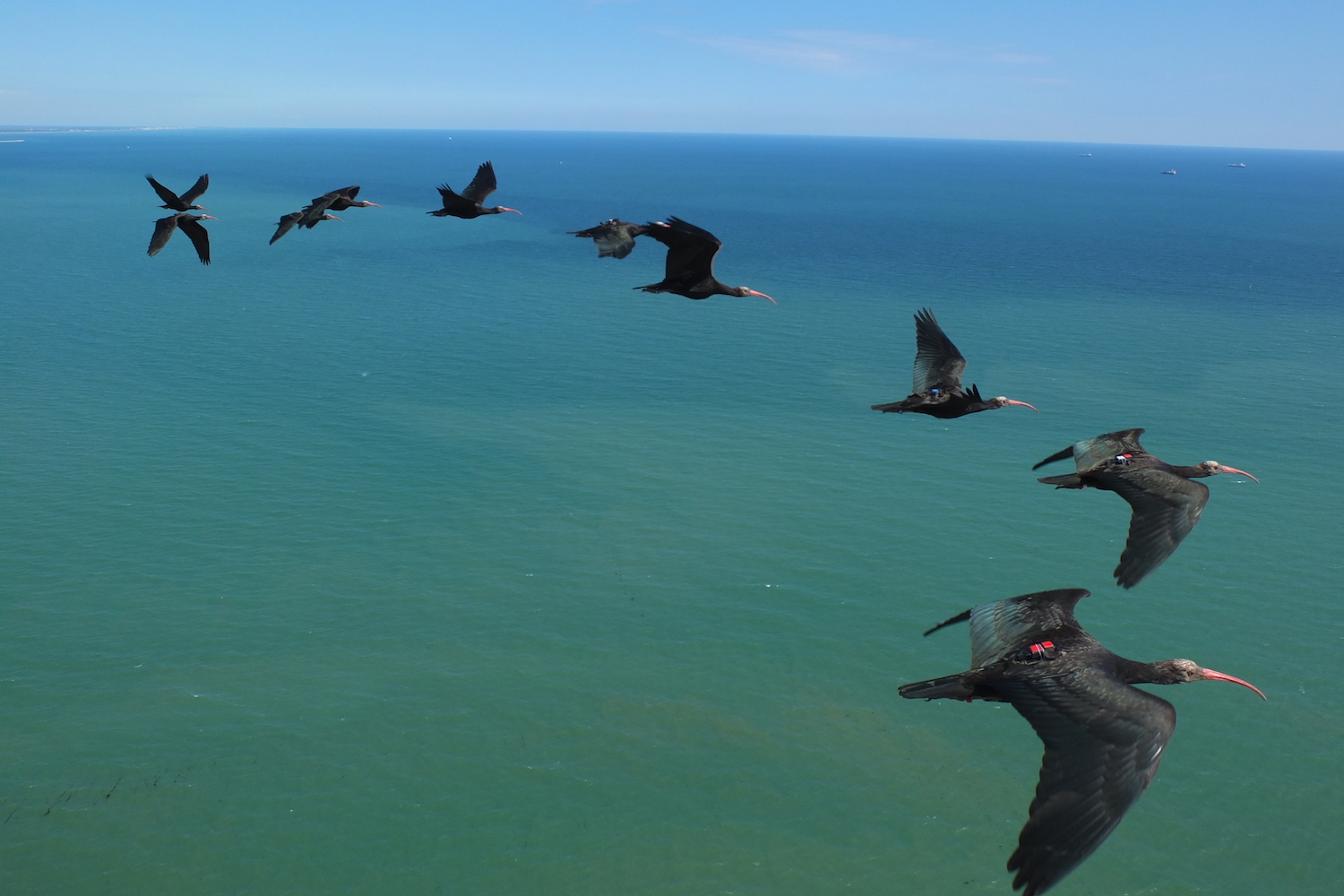 |
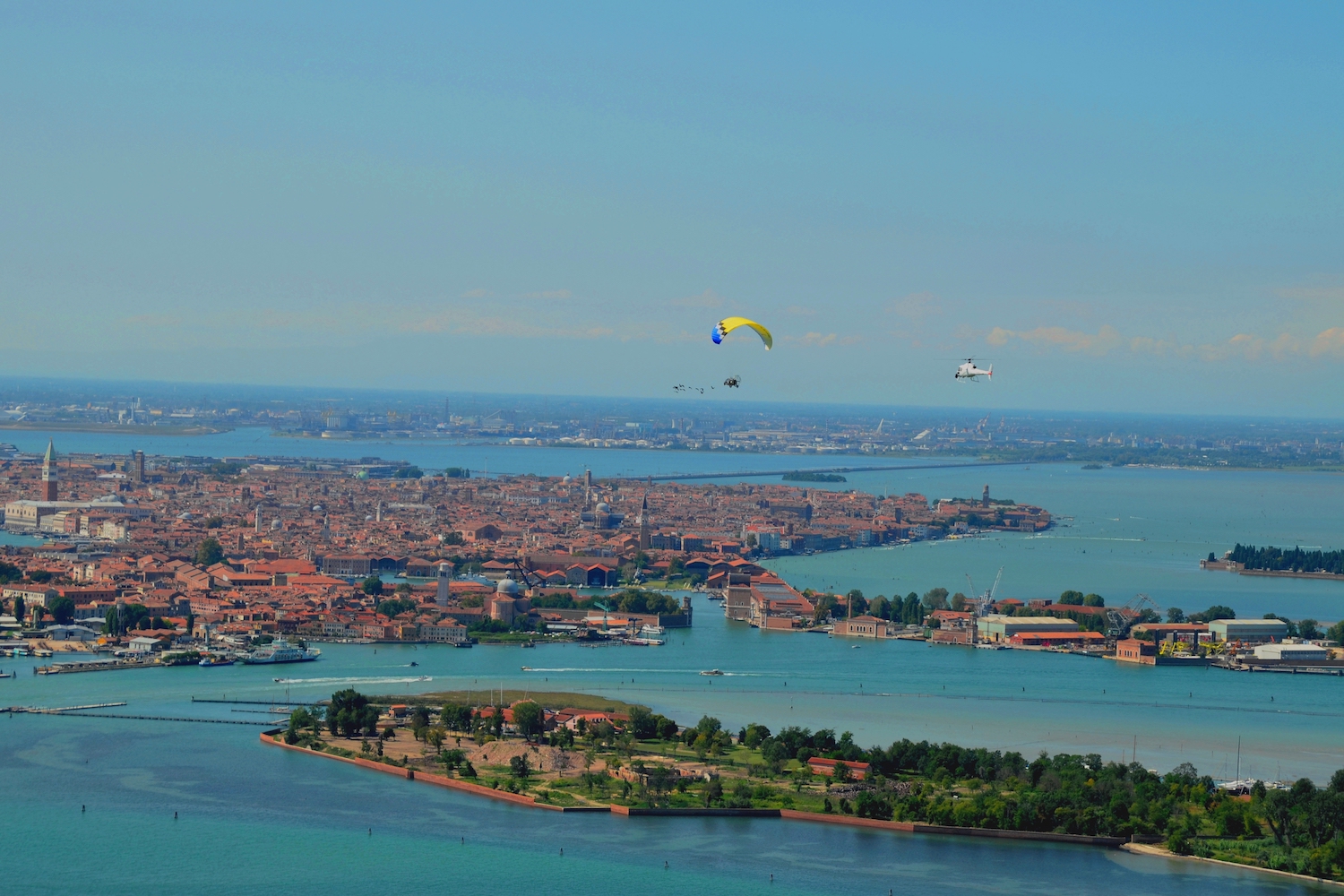 |
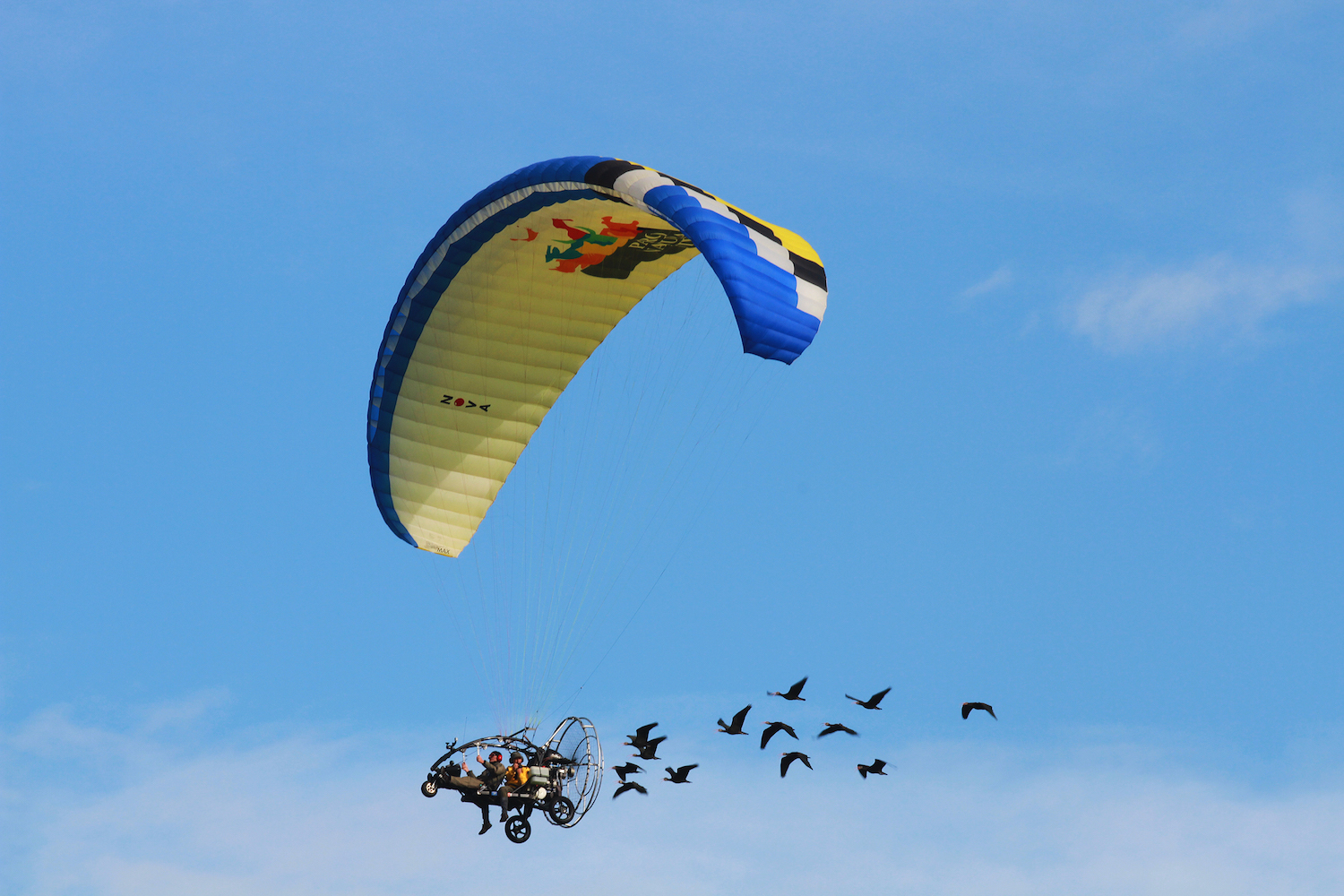 |
2013
Parco Natura Viva is the only Italian Zoological Park that takes part to this project and economically supports it, contributing also to the breeding of this species and by raising awareness of the visitors on the safeguard of this species. The park has an important role in the campaign against illegal hunting, since the killing by poachers in Italian soil represents one of the greatest threats to the survival of the Northern Bald Ibis.
With 50% contribution of the LIFE financial instrument of the European Union (LIFE+12-BIO_AT_000143)
 Italiano
Italiano English
English Deutsch
Deutsch




